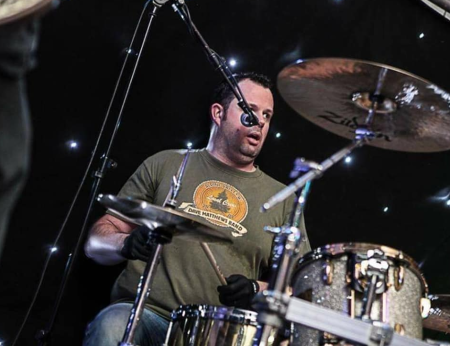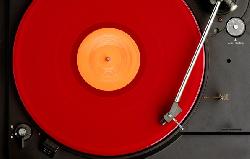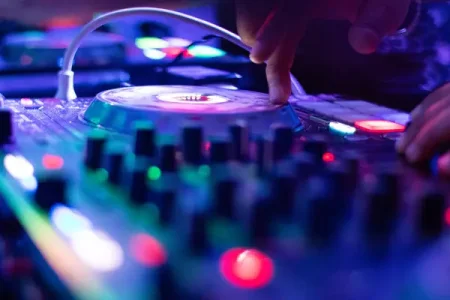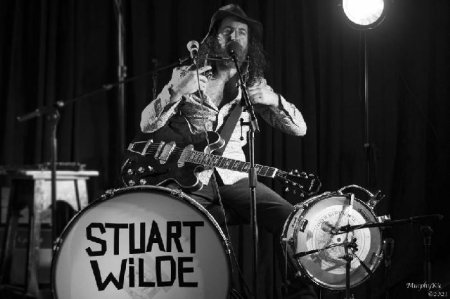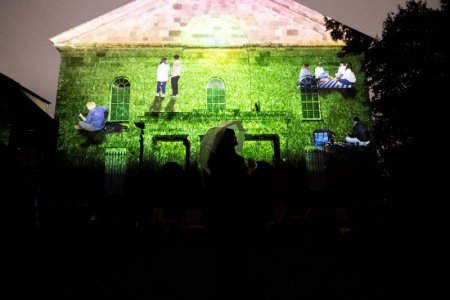De Jazz!
31st Oct 2002
Jazz: The Beginner's Guide by Pheasant Jazz is to many a somewhat scary and overawing form of music. It has a reputation (unjustified in my opinion) for being a rather complicated musical genre, one that your average Joe Listener would rather leave to those with music degrees and African-American blood. The reasons for this, I believe, are twofold. One is the pretentious attitude amongst a minority of the music's devotees who seem bent on preserving its current esoteric nature. | |
| The other is the vapid level of popular music to which people have become conditioned courtesy of mainstream radio. Hopefully the following guide may help some of you intent on attending some of the gigs at the Guinness Jazz Festival enjoy yourselves a little bit more. Of course, if you've got a read-only mind and think that there's nothing to be seen at the festival other than Paddy Cole, 70-somethings wearing straw hats and guys in garish striped suits playing the Lyons Tea commercial jingle, well, I'm afraid I can't help you. You'll just have to while away the jazz weekend in front of good ol' TV, indulging yourself in the pleasures of the palm. | |
What is Jazz?
Jazz is a form of music that began in the U.S. in the early part of the 20th Century. It evolved primarily in the African-American community but in the course of its history has absorbed many European influences, primarily Spanish. There are many different sub-genres of jazz: Big-Band, ragtime, bebop, modal and fusion are just a few. Thankfully, knowledge of the ins and outs of these genres is far from necessary to enjoy the music. Famous jazz musicians include Louis Armstrong (trumpet), Charlie Parker (saxophone), Miles Davis (trumpet), John Coltrane (saxophone) and Theolonius Monk (piano). The two essential ingredients in jazz are rhythm and improvisation.
Jazz Bands
Most jazz bands consist of a bass player, a drummer, a piano player, and fronting instruments such as a saxophone, trumpet, trombone or (more rarely) vibraphone. Instruments in jazz were chosen for their proximity in quality and range to the human voice. The bass, drums and piano together are known as the "rhythm section" of the band, and they keep the rhythm and harmony of a given tune. A guitarist, if present, can also join the rhythm section of a band. Bigger bands, with numerous horns, also exist, but have been less popular in jazz as of late.
Improvisation
Soloing is the cornerstone of Jazz. Solos in Jazz are improvised, meaning that it is up to the musician to compose the solo as he/she goes along. For example, if a jazz band was playing "Summertime" by George Gershwin, the band would first play the tune more or less as written by the composer, and then, in turn, the soloists improvise over the harmony of the tune as played by the rhythm section of the band. This spontaneity in jazz makes it a form of music best enjoyed live.A good starting point for anyone interested in jazz, or good music in general, is Miles Davis's "Kind of Blue" album from 1959. This has become one of the best-loved albums of all time amongst jazz and non-jazz fans alike, and comes highly recommended to anyone with a pair of ears.







